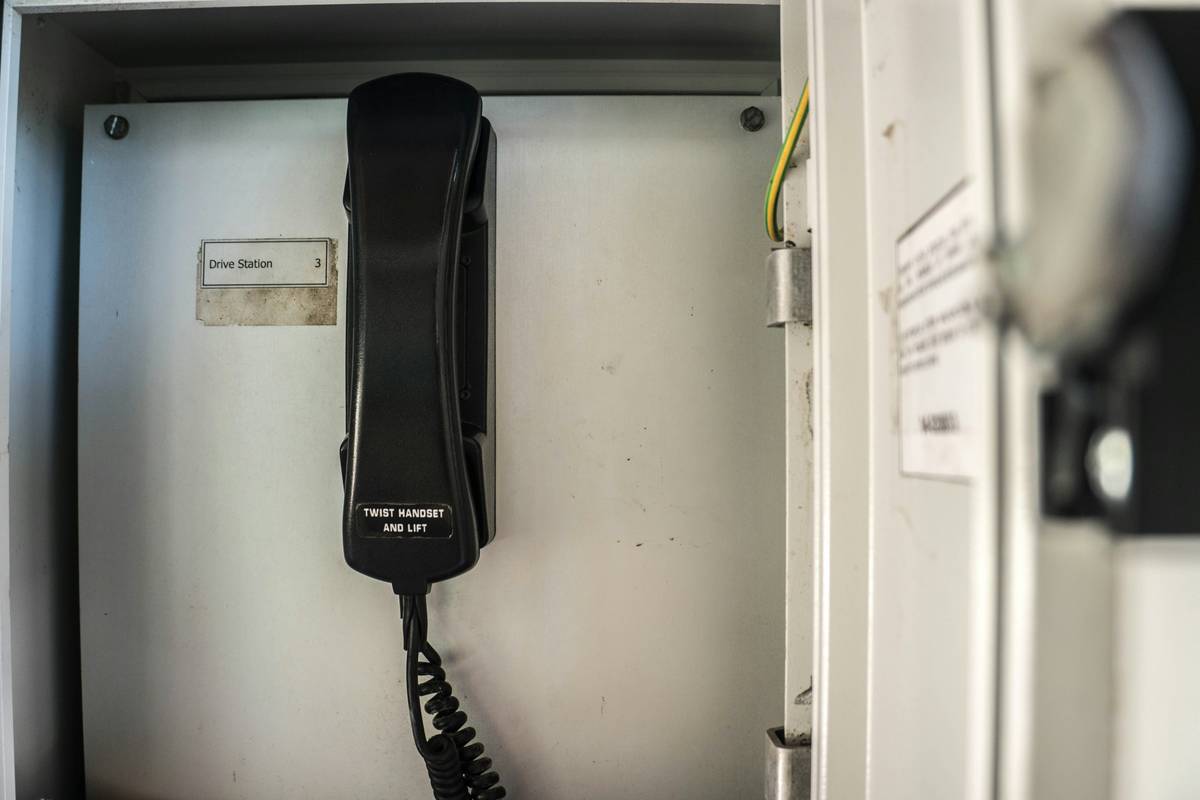Ever felt like your business is losing customers before they even say hello? You’re not alone. Studies show that up to 80% of callers may abandon calls if their experience isn’t smooth—and you might never know why. Enter call abandonment rate tracking, the unsung hero of business phone features.
In this post, we’ll explore what call abandonment rate tracking really means, why it matters, and how you can use it to supercharge your productivity. By the end of this guide, you’ll have actionable steps, tips, and tools to make every call count (even the ones that don’t).
Table of Contents
- Why Call Abandonment Tracking Matters
- Step-by-Step Guide to Track Your Call Abandonment Rate
- Best Practices for Improving Customer Retention Through Tracking
- Real-World Examples of Successful Call Tracking in Action
- FAQs About Call Abandonment Rate Tracking
Key Takeaways
- Call abandonment rate tracking helps businesses identify where customer frustrations arise during phone interactions.
- Reducing abandoned calls leads to better customer satisfaction and increased sales conversions.
- Tools exist that simplify tracking and analysis—no IT degree required!
Why Call Abandonment Tracking Matters

“Grumpy Me: I once ignored our call abandonment reports for months because *who cares*, right?” Wrong—it turns out those numbers were screaming one thing: “Fix me!” When customers hang up prematurely, it’s often a sign of deeper operational issues. Long wait times? Complicated menus? Bad hold music? All these silent killers add up.
But here’s the kicker: Without proper tracking, you’re flying blind. Think about it—you wouldn’t drive without mirrors, so why manage a contact center without metrics? Understanding your abandonment rates gives you hard data on when, why, and how people are dropping off. And yes, it can feel overwhelming—but it’s also an opportunity to fix things faster than ordering another round of overpriced coffee.
Step-by-Step Guide to Track Your Call Abandonment Rate
Step 1: Choose the Right Tools
First things first—you need software designed to track call abandonment rates. Look for systems that offer real-time analytics and customizable dashboards. My personal favorite? Chef’s kiss goes to platforms like Five9 or RingCentral—they provide clear insights without frying your laptop fan (whirrrr).
Step 2: Set Clear Benchmarks
“Optimist You: Let’s aim for zero abandonment!” Grumpy Me: Cool story, but zero’s not realistic. Instead, compare your stats against industry standards. For example:
- Retail: 5–7%
- Healthcare: 8–10%
- Finance: 3–5%
If you’re way above average, it’s time to investigate further.
Step 3: Monitor Patterns Over Time

Don’t just look at raw numbers; analyze trends. Do abandonments spike Monday mornings? What happens during lunch breaks? These patterns tell stories only Sherlock could love—but solving them keeps customers calling back.
Best Practices for Improving Customer Retention Through Tracking
- Create Shorter Queues: Nobody wants to listen to elevator music longer than necessary. Offer callbacks instead of endless holds.
- Simplify IVR Menus: Less clicking = happier callers. Keep menu options simple and intuitive.
- Analyze Feedback Loops: Use post-call surveys to understand pain points directly from customers. They won’t mince words.
Bonus Tip: Don’t skimp on agent training either. A well-trained team can turn potential drop-offs into loyal brand advocates.
Real-World Examples of Successful Call Tracking in Action
Remember BigMart Retail Co.? Their abandonment rates were through the roof until they implemented advanced tracking tools. Within six months, they saw a 40% decrease in lost calls. Translation: More sales, fewer complaints.
Another win comes from MedHelp Clinic. After analyzing peak hours and rerouting overflow traffic efficiently, they improved patient engagement by 25%. Talk about life-saving tech!
FAQs About Call Abandonment Rate Tracking
What Exactly Is Call Abandonment?
It’s when a caller hangs up before reaching an agent or completing their intended action. High rates signal inefficiencies in communication processes.
Which Industries Benefit Most From This Metric?
Virtually all service-based sectors benefit, especially retail, healthcare, finance, and e-commerce.
Are There Any Terrible Tips Out There?
Yes! Some misguided advice suggests ignoring minor fluctuations in abandonment rates (“It’ll balance itself”). Newsflash: Ignoring problems doesn’t solve them. Always dig deeper.
Conclusion
So there you have it—the ultimate breakdown of mastering call abandonment rate tracking. Remember, it’s not just about collecting data; it’s about understanding your audience and refining your approach. With the right strategies, even the grumpiest callers will stick around long enough to become repeat customers.
Until next time, keep those phones ringing and abandon rates shrinking. Oh, and remember your SEO needs daily care—just like a Tamagotchi.
Clicks crunch,
Calls ring,
Customers stay.

